Embarking on my journey with the digital tool Grasshopper has been an intriguing exploration into the realm of parametric design. As a novice, the process of manipulating shapes and structures through a variety of tools within the program has been both challenging and captivating. The dynamic nature of Grasshopper allows for a seamless transition from 2D to 3D, unlocking the potential to create intricate, volumetric designs. Experimenting with various parameters and algorithms has not only expanded my understanding of digital design but has also fostered a sense of creativity as I navigate through the intricate process of shaping virtual space. The tools in Grasshopper have become my artistic palette, enabling me to transform abstract concepts into tangible, visually engaging 3D forms.
Assignment 1. Exploring Grasshopper
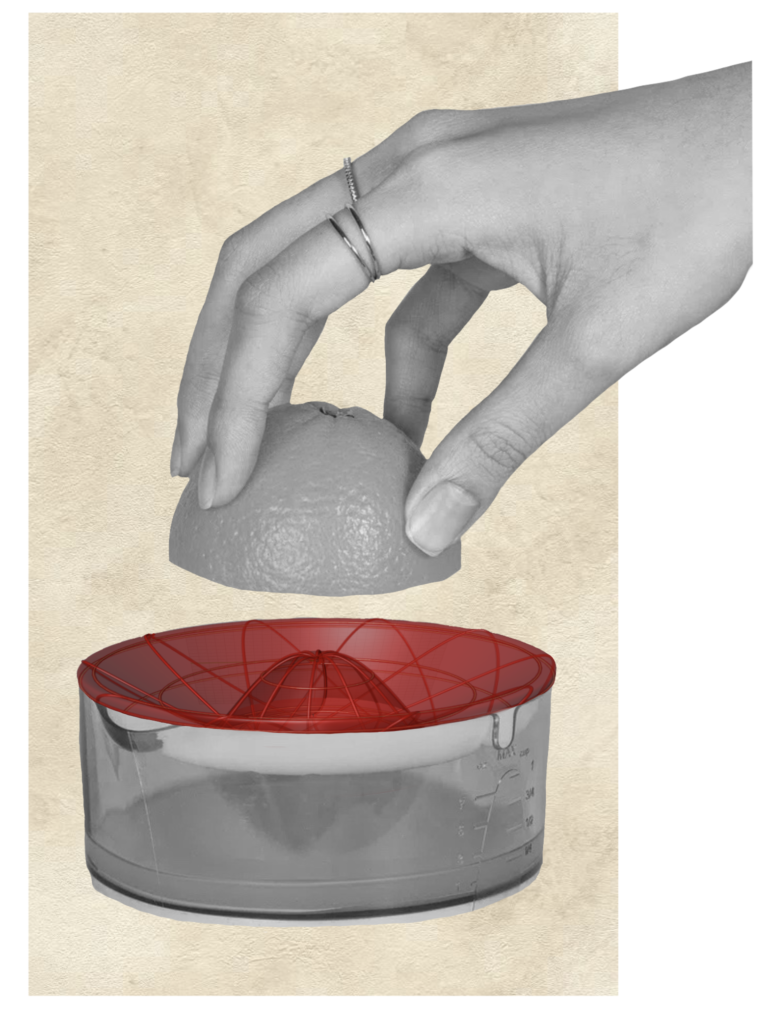

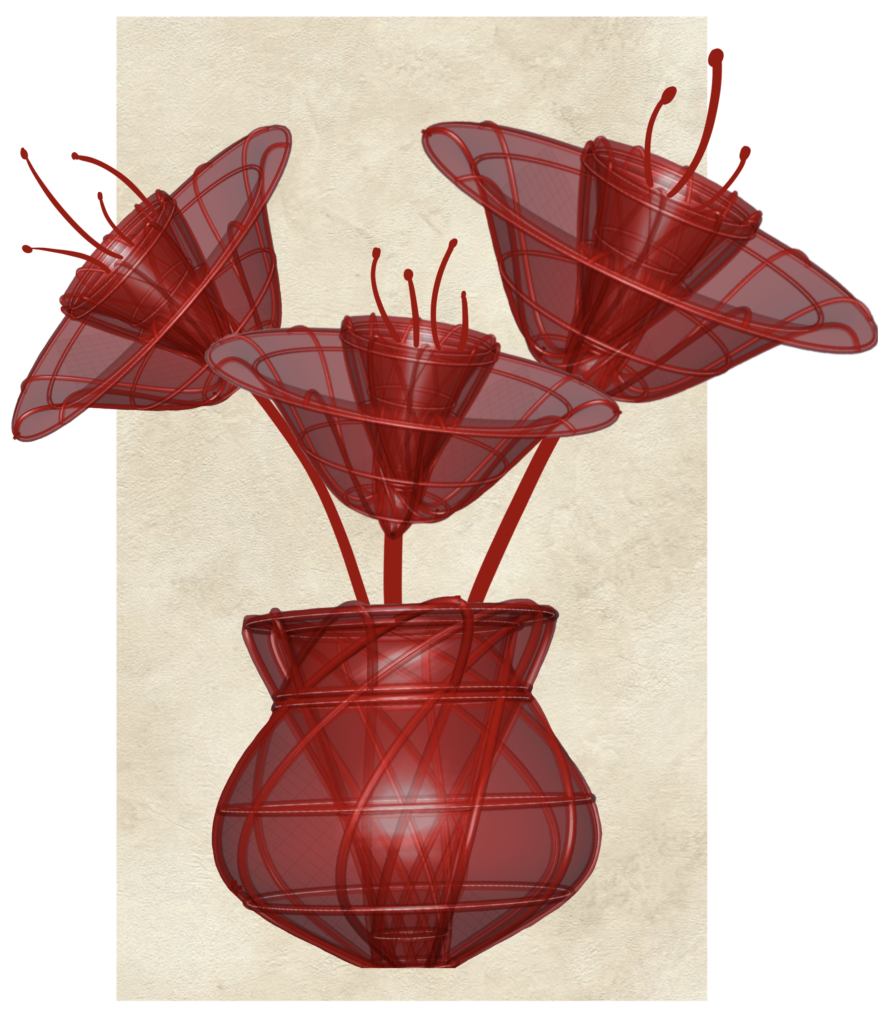
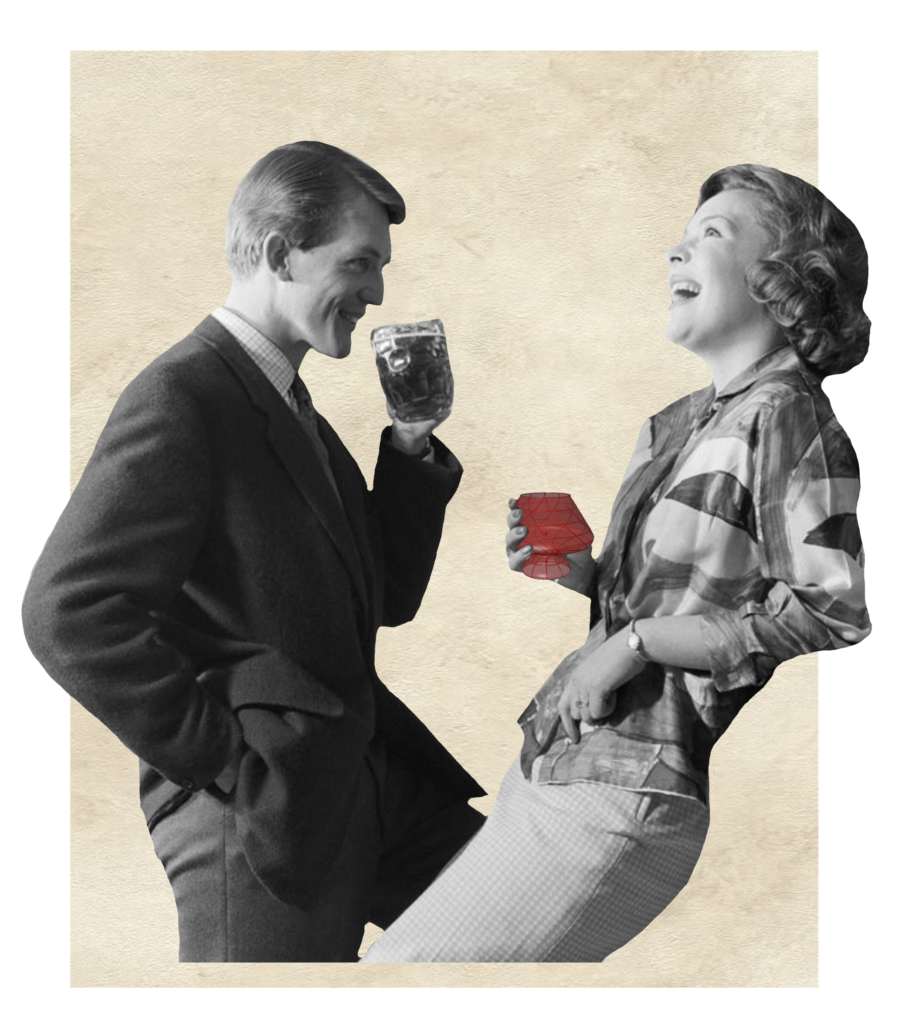
About the process
In this first project I had the opportunity to work on the same script looking for different possibilities, using different slides I was able to change parameters that allowed me to imagine objects that were completely different from each other.
In the following image we can observe the script that I used, where the union of 4 points in the plane rotate around an axis to form a geometry through a surface. Moving the numbers on the slides of the construct points allowed me to create different shapes. The development of the process was simple but very interesting, finding different uses for the shapes was fun, as was finding a form of representation that allowed me to show the objects as I visualized them in my head.

Assignment 2. Lists, data matching & – management

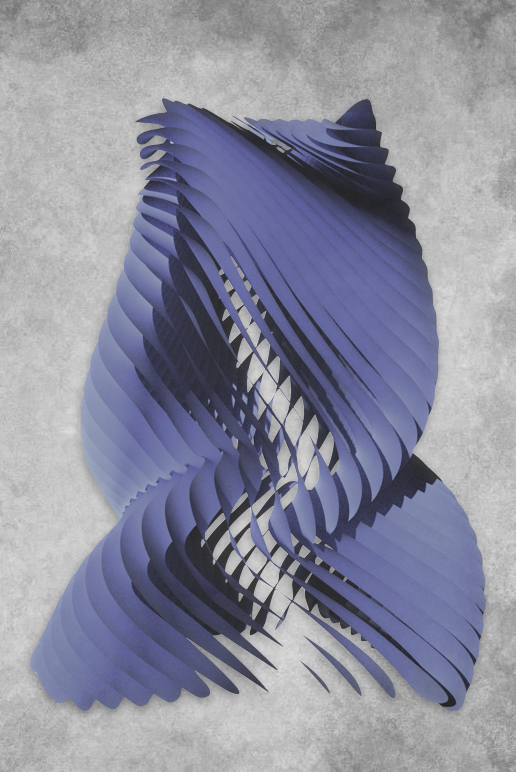
About the process
In this project there was greater exploration of components in the script, in this case a “sculpture” that speaks of the movement of the wings of a mythical creature, an abstraction of the sculpture that exists in Samothrace, a symbol of victory and freedom.
First group of the script
The polygon Is the base of the sculpture, in this case we have a triangle with a 0.5 fillet that allows to have a natural curve around the geometry.
Then the base is copied through the z axis 5 times with the same separation. We use “scale” and “range” to change the sizes of the different geometries within a certain order (5).
Second group of the script
This group is in charge of the rotation of the sculpture, Graph Mapper helps to be more precise were does the rotation its going to take place, the construct domain is how much it will rotate, in this case it is adjusted to simulate the movement of wings that are spreading. Also we control the thickness of the “feathers”.
Third group of the script
This group is in charge of the texture of the body, is related to an abstraction of a geometry. The final touch.

Assignment 5. Conditional Statements
In this project there was greater exploration, I sought to make a structure that took the Setas de Sevilla as a reference, where I could play with the roof through extutions that moved in an organic and modular way.
In the following images you can see the geometric sequence that gave rise to the final result, step by step the structure takes shape and is subdivided into different pieces that mark the opening on the solid to allow light to enter and make a game of shades.
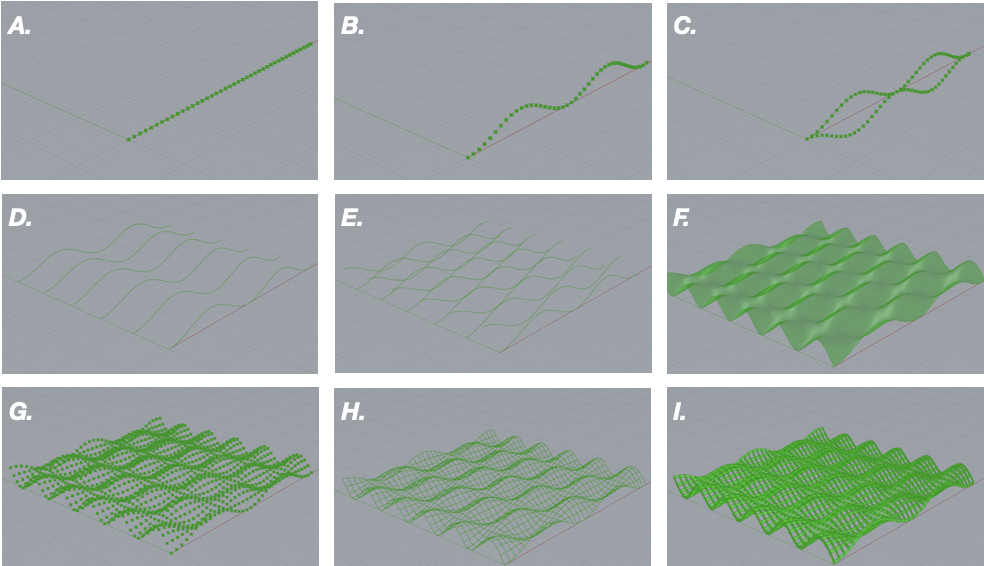
About the process
First group of the script
A. Creating a point that could be copied in “x” axis to give length to de structure. B. Wave the line through out the length.
Second group of the script
The curve/ wave its inverted an moved to make more interesting the pattern, it goes in the oposite direction. Both lines are repeated to make a grid.
Third group of the script
In the first part of the script I used trim tree to simplified the information that the model had, I lofted it to create a surface and then I extract points through it to create the new grid that will have the hight and the with of the wooden surface.

In conclusion, the journey through projects in Grasshopper class has been nothing short of fascinating and enlightening. The hands-on exploration of this powerful parametric design tool has not only sparked my interest in digital design but has also deepened my understanding of the intricate relationship between algorithms and form. From the inception of basic shapes to the creation of complex 3D structures, each exercise presented a unique challenge, pushing me to think critically and creatively. The iterative process of refining designs through parameter adjustments and algorithmic manipulations has not only honed my technical skills but has also cultivated a newfound appreciation for the limitless possibilities within the digital realm. Overall, this course has been an enriching experience, offering both a solid foundation in Grasshopper and a creative playground where learning and exploration seamlessly converge.


